Hit Rate: How Vince Marrow's Recruits Actually Performed at Kentucky
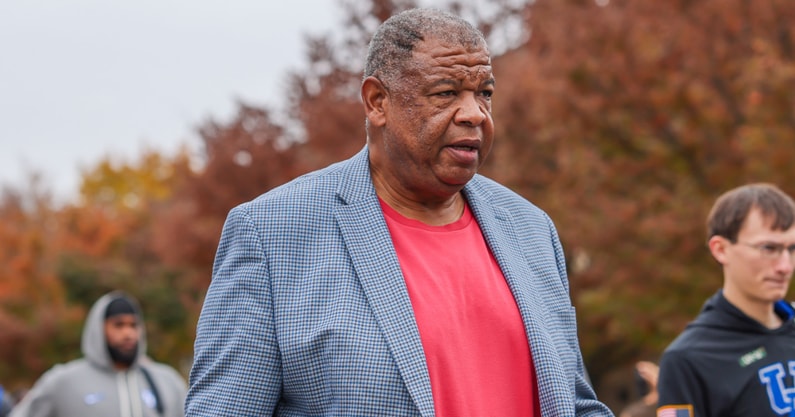
Mark Stoops‘ right-hand man is moving from Kentucky to Louisville. Vince Marrow‘s decision to become the general manager at Louisville is jarring, and there is not one clear reason that explains the seemingly bizarre decision. However, there is one big factor that played a role in this move.
For much of his time at Kentucky, Vince Marrow was the most impactful person in the Kentucky football recruiting room. Coaches will debate which players should be considered priority recruits. When push came to shove, Marrow typically got his way.
In recent years, that changed. He lost autonomy in the recruiting decision-making process. From the outside looking in, that seems ridiculous. Marrow was your most successful recruiter for a decade. Why would Mark Stoops steer away from that strength?
There are two reasons to explain why. First and foremost, high school recruiting is no longer the lifeblood of a college football program. The transfer portal has decreased the importance of high school recruiting to varying degrees across the country. To put it plainly, Kentucky no longer needed Vince to get 10+ high school recruits a year.
The other factor is one we will examine today: How good is Vince Marrow at recruiting players? It’s one thing to sign a bunch of guys. It’s another thing to sign players who are actually making a difference in your program.
Vince Marrow’s Recruiting Resume
A college football coach’s goal is to find starters. We often use the term hit rate to determine the success of a recruiting class. The 2015 Kentucky high school football recruiting class was panned at the time, but nine of the 18 signees became starters. A 50% hit rate is pretty good, and many of those guys (like Josh Allen, Chris Westry, and C.J. Conrad) were multi-year starters.
KSR combed through Adam Luckett’s spreadsheet to see how effective Marrow was at bringing in players who regularly contributed on Saturday’s at Kroger Field.
| Total Recruits (HS-Portal) | Marrow Recruits | Eventual Starters | Star Players | |
| 2013 | 23 | 3 | 1 | 0 |
| 2014 | 28 | 11 | 3 | 1 |
| 2015 | 19 | 3 | 3 | 3 |
| 2016 | 24 | 12 | 4 | 2 |
| 2017 | 24 | 10 | 4 | 3 |
| 2018 | 24 | 7 | 4 | 1 |
| 2019 | 22 | 9 | 1 | 1 |
| 2020 | 23 | 11 | 2 | 1 |
| 2021 (Portal Era) | 18-7 | 12 | 5 | 1 |
| 2022 | 20-10 | 10 | 3 | 1 |
| 2023 | 20-15 | 11 | 2 | 1 |
| 2024 | 23-14 | 12 | 2 | 0 |
| 2025 | 21-25 | 14 | N/A | N/A |
It’s a little more difficult to discern which coach is the primary recruiter for transfer portal players, but there are a few clear cases that had Marrow’s hands all over them. Wan’Dale Robinson would not have been a Wildcat if not for the prior relationship with Marrow.
By KSR’s calculations, he signed 125 players over 13 recruiting classes. Of the 111 over the first 12 years, 34 became starters. That’s a hit rate of 30.6%. Those kinds of numbers will get you into Cooperstown, but it’s not exactly an ideal formula to build a college football program.
Top 10
- 1New
Top 25 College QBs
Ranking best '25 signal callers
- 2
Top 25 Defensive Lines
Ranking the best for 2025
- 3
Big Ten Football
Predicting 1st loss for each team
- 4Hot
College Football Playoff
Ranking Top 32 teams for 2025
- 5Trending
Tim Brando
Ranks Top 15 CFB teams for 2025
Get the Daily On3 Newsletter in your inbox every morning
By clicking "Subscribe to Newsletter", I agree to On3's Privacy Notice, Terms, and use of my personal information described therein.
For comparison’s sake, in a much smaller sample size, Jon Sumrall signed 11 players in three years at Kentucky. Five of them became starters (45%), and three held down their spots for multiple seasons.
Diminishing Star Players
Ahead of the 2022 Kentucky football season, 12 members of the KSR staff were asked to rank the Top 10 Kentucky football players of the first ten years of the Mark Stoops era. Six of those players were Vince Marrow recruits. They are household names that rewrote the UK record books and created some of the most memorable moments ever for Kentucky football fans.
Benny Snell
Lynn Bowden
Wan’Dale Robinson
Mike Edwards
Darian Kinnard
Josh Paschal
During his time at Kentucky, 13.5% of Vince Marrow’s signed players became stars in Lexington. The issue is that most of those players haven’t suited up for Kentucky in recent years. Since Vince played a role in bringing Wan’Dale Robinson back to Kentucky via the transfer portal, only two of his guys have become stars: Dane Key and Ray Davis. I also am probably giving Vince too much credit for getting Davis to Kentucky.
What Does This Mean?
The change of the climate around college football and the lack of recent success forced Mark Stoops to change his roster-building strategy. The data shows that Vince Marrow had more misses than hits, particularly in recent years.
The Kentucky head coach preached continuity on his coaching staff all offseason, and now just two months before the season begins, he lost his longest-tenured assistant coach. The 2025 Kentucky football season will be a pressure-cooker for Mark Stoops. He’s betting on the rest of his staff to refresh the roster and get the Wildcats back on track.


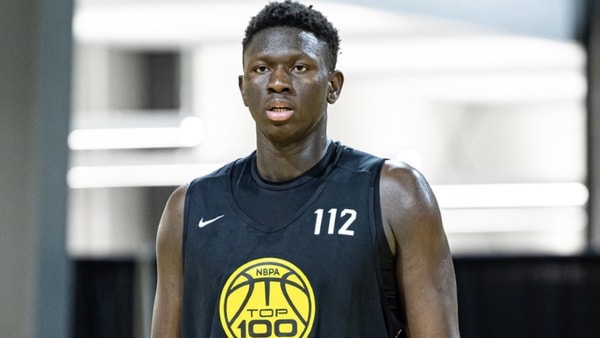
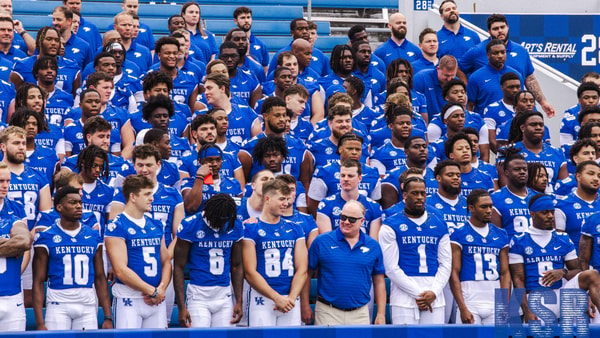
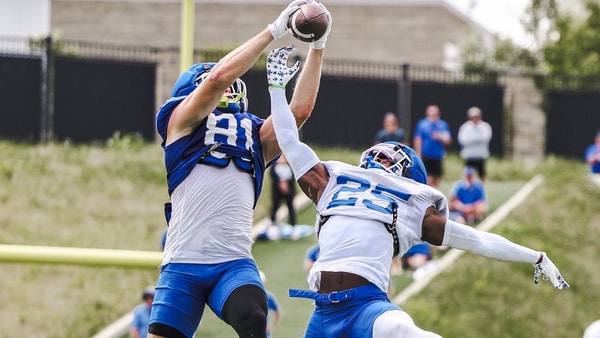

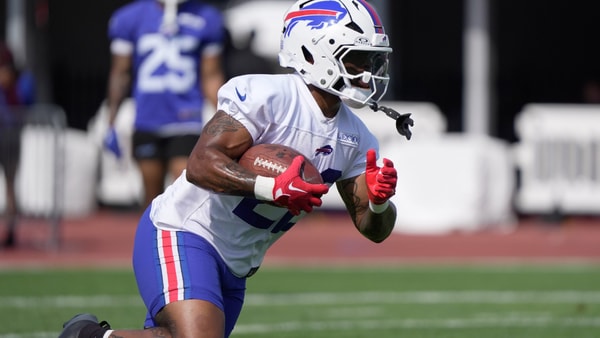

Discuss This Article
Comments have moved.
Join the conversation and talk about this article and all things Kentucky Sports in the new KSR Message Board.
KSBoard